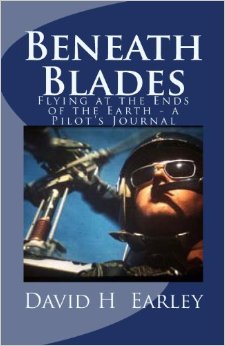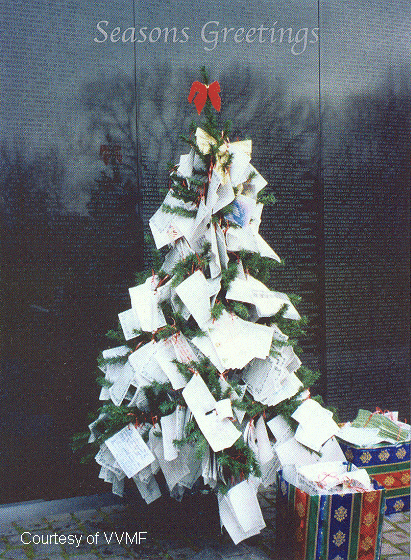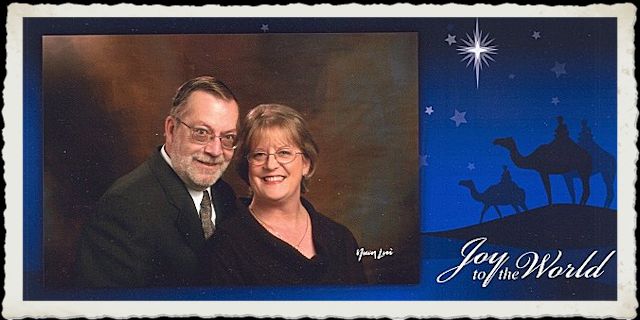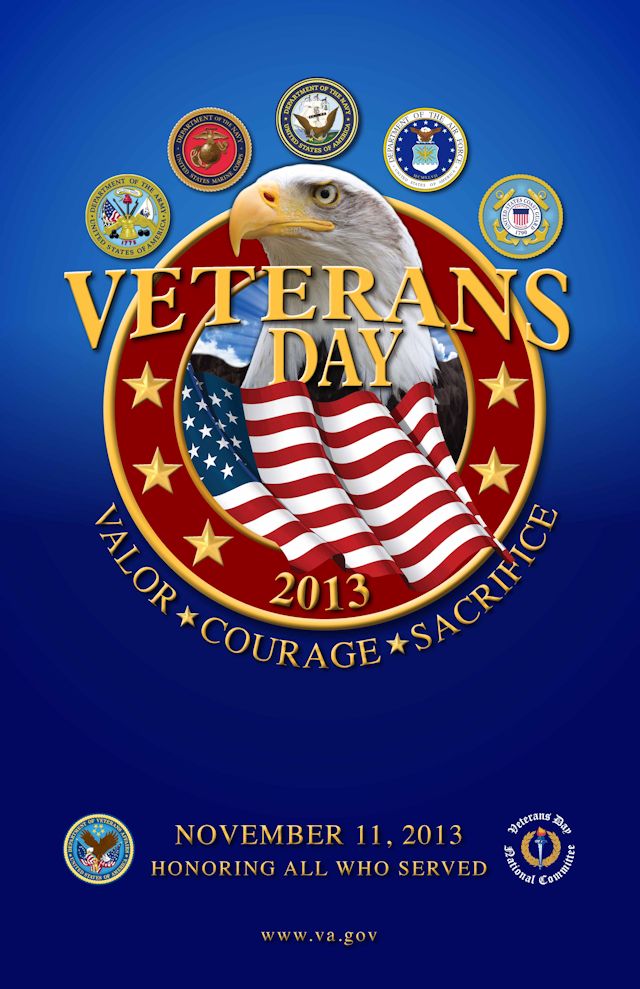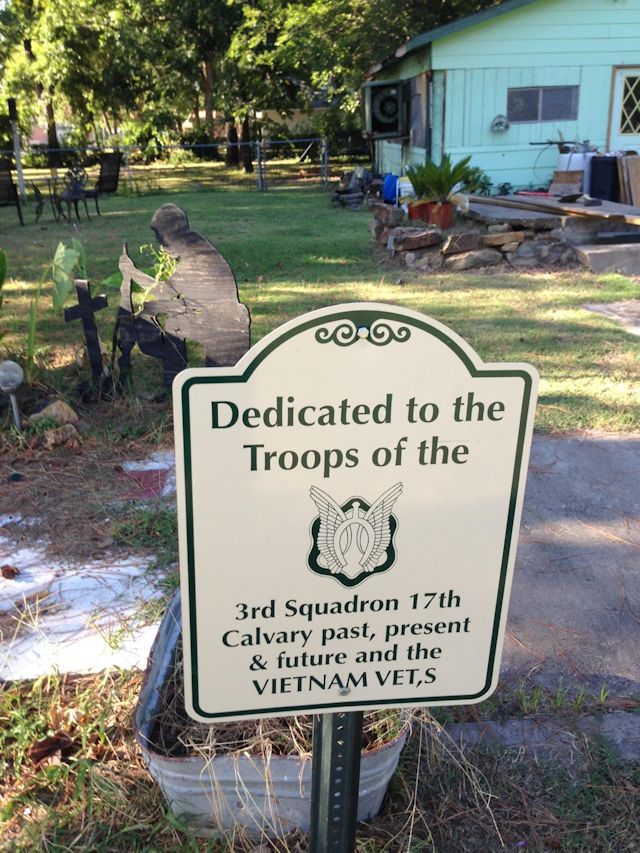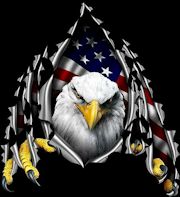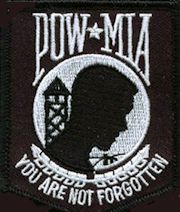Taste the smoke, hear the bang, take a trip….
For those who served in Vietnam as infantrymen, helicopter pilots/door gunners, forward observers attached to infantry units, or combat medics the following will bring back vivid memories. For others on my distribution list, if you care to read, it will give you a gripping view what it was like to be associated with those folks who were there. What an interesting job the author did in capturing those memories!
————————
The Sound that Binds
Unique to all that served in Vietnam is the UH-1H helicopter. It was both devil and angel and it served as both extremely well. Whether a LRRP, US or RVN soldier or civilian, whether, NVA, VC, Allied or civilian, it provided a sound and sense that lives with us all today. It is the one sound that immediately clears the clouds of time and freshens the forgotten images within our mind. It will be the sound track of our last moments on earth. It was a simple machine, a single engine, a single blade, and four-man crew-yet like the Model T, it transformed us all and performed tasks the engineers and designers never imagined. For soldiers, it was the worst and best of friends but it was the one binding material in a tapestry of a war of many pieces.
The smell was always hot, filled with diesel fumes, sharp drafts accentuated by gritty sand, laterite, and anxious vibrations. It always held the spell of the unknown, the anxiety of learning what was next, and what might be. It was an unavoidable magnet for the heavily laden soldier who donkey-trotted to its squat shaking shape through the haze and blast of dirt, stepped on the OD skid, turned and dropped his ruck on the cool aluminum deck. Reaching inside with his rifle or machine gun, a soldier would grasp a floor ring with a finger as an extra precaution of physics for those moments when the now airborne bird would break into a sharp turn revealing all ground or all sky to the helpless riders all very mindful of the impeding weight on their backs. The relentless weight of the ruck combined with the stress of varying motion caused fingers and floor rings to bind almost as one. Constant was the vibration, smell of hydraulic fluid, flashes of visionary images and the occasional burst of a ground-fed odor-rotting fish, dank swampy heat, cordite or simply the continuous sinuous currents of Vietnam’s weather-cold and driven mist in the Northern monsoon or the wall of heated humidity in the southern dry season. Blotting it out and shading the effect was the constant sound of the single rotating blade as it ate a piece of the air, struggling to overcome the momentary physics of the weather.
To divert anxiety, a soldier/piece of freight, might reflect on his home away from home. The door gunners were usually calm which was emotionally helpful. Each gun had a C ration fruit can at the ammo box clip entrance to the feed mechanism of the machine gun. The gun had a large circular aiming sight unlike the ground-pounder version. That had the advantage of being able to fix on targets from the air considerably further than normal ground acquisition. Pears, Apricots, Apple Sauce or Fruit Cocktail, it all worked. Fruit cans had just the right width to smoothly feed the belt into the gun, which was always a good thing. Some gunners carried a large oil can much like old locomotive engineers to squeeze on the barrel to keep it cool. Usually this was accompanied by a large OD towel or a khaki wound pack bandage to allow a rubdown without a burned hand. Under the gunners seat was usually a small dairy-box filled with extra ammo boxes, smoke grenades, water, flare pistol, C rats and a couple of well-worn paperbacks. The gun itself might be attached to the roof of the helicopter with a bungee cord and harness. This allowed the adventurous gunners to un-attach the gun from the pintle and fire it manually while standing on the skid with only the thinnest of connectivity to the bird. These were people you wanted near you-particularly on extractions.
The pilots were more mysterious. You only saw parts of them as they labored behind the armored seats. An arm, a helmeted head and the occasional fingered hand as it moved across the dials and switches on the ceiling above. The armored side panels covered their outside legs-an advantage the passenger did not enjoy. Sometimes, a face, shielded behind helmeted sunshades, would turn around to impart a question with a glance or display a sense of anxiety with large white-circled eyes-this was not a welcoming look as the sounds of external issues fought to override the sounds of mechanics in flight. Yet, as a whole, the pilots got you there, took you back, and kept you maintained. You never remembered names, if at all you knew them, but you always remembered the ride and the sound.
Behind each pilot seat usually ran a stretch of wire or silk attaching belt. It would have arrayed a variety of handy items for immediate use. Smoke grenades were the bulk of the attachment inventory-most colors and a couple of white phosphorous if a dramatic marking was needed. Sometimes, trip flares or hand grenades would be included depending on the location and mission. Hand grenades were a rare exception, as even pilots knew they exploded-not always where intended. It was just a short arm motion for a door gunner to pluck an inventory item off the string, pull the pin and pitch it, which was the point of the arrangement. You did not want to be in a helicopter when such an act occurred as that usually meant there was an issue. Soldiers do not like issues that involve them. It usually means a long day or a very short one-neither of which is a good thing.
The bird lifts off in a slow, struggling, and shaking manner. Dust clouds obscure any view a soldier may have. Quickly, with a few subtle swings, the bird is above the dust and a cool encompassing wind blows through. Sweat is quickly dried, eyes clear and a thousand feet of altitude show the world below. Colors are muted but objects clear. The rows of wooden hootches, the airfield, local villages, an old B-52 strike, the mottled trail left by a Ranchhand spray mission and the open reflective water of a river or lake are crisp in sight. The initial anxiety of the flight or mission recedes as the constantly moving and soothing motion picture and soundtrack unfolds. In time, one is aware of the mass of UH-1H’s coalescing in a line in front of and behind you. Other strings of birds may be left or right of you-all surging toward some small speck in the front lost to your view. Each is a mirror image of the other-two to three laden soldiers sitting on the edge looking at you and your accompanying passengers all going to the same place with the same sense of anxiety and uncertainty but borne on a similar steed and sound.
In time, one senses the birds coalescing as they approach the objective. Perhaps a furtive glance or sweeping arc of flight reveals the landing zone. Smoke erupts in columns-initially visible as blue gray against the sky. The location is clearly discernible as a trembling spot surrounded by a vast green carpet of flat jungle or a sharp point of a jutting ridge. As the bird gets closer, a soldier can now see the small FAC aircraft working well-below, the sudden sweeping curve of the bombing runs and the small puffs as artillery impacts. A sense of immense loneliness can begin to obscure one’s mind as the world’s greatest theatre raises its curtain. Even closer now, with anxious eyes and short breath, a soldier can make out his destination. The smoke is now the dirty gray black of munitions with only the slightest hint of orange upon ignition. No Hollywood effect is at work. Here, the physics of explosions are clearly evident as pressure and mass over light.
The pilot turns around to give a thumbs up or simply ignores his load as he struggles to maintain position with multiple birds dropping power through smoke swirls, uplifting newly created debris, sparks and flaming ash. The soldiers instinctively grasp their weapons tighter, look furtively between the upcoming ground and the pilot and mentally strain to find some anchor point for the next few seconds of life. If this is the first lift in, the door gunners will be firing rapidly in sweeping motions of the gun but this will be largely unknown and unfelt to the soldiers. They will now be focused on the quickly approaching ground and the point where they might safely exit. Getting out is now very important. Suddenly, the gunners may rapidly point to the ground and shout, “GO” or there may just be the jolt of the skids hitting the ground and the soldiers instinctively lurch out of the bird, slam into the ground, and focus on the very small part of the world they now can see. The empty birds, under full power, squeeze massive amounts of air and debris down on the exited soldiers blinding them to the smallest view. Very quickly, there is a sudden shroud of silence as the birds retreat into the distance and the soldiers begin their recovery into a cohesive organization losing that sound.
On various occasions and weather dependent, the birds return. Some to provide necessary logistics, some command visits and some medevacs. On the rarest and best of occasions, they arrive to take you home. Always they have the same sweet sound which resonates with every soldier who ever heard it. It is the sound of life, hope for life, and what may be. It is a sound that never will be forgotten. It is your and our sound.
Logistics is always a trial. Pilots don’t like it, field soldiers need it and weather is indiscriminate. Log flights also mean mail and a connection to home and where real people live and live real lives. Here is an aberrant aspect of life that only that sound can relieve. Often there is no landing zone or the area is so hot that a pilot’s sense of purpose may become blurred. Ground commander’s beg and plead on the radio for support that is met with equivocations or insoluble issues. Rations are stretched from four to six days, cigarettes become serious barter items and soldiers begin to turn inward. In some cases, perhaps only minutes after landing, firefights break out. The machine guns begin their carnivorous song. Rifle ammunition and grenades are expended with gargantuan appetites. The air is filled with an all-encompassing sound that shuts each soldier into his own small world-shooting, loading, shooting, loading, shooting, loading until he has to quickly reach into the depth of his ruck, past the extra rations, past the extra rain poncho, past the spare paperback, to the eight M16 magazines forming the bottom of the load-never thought he would need them. A resupply is desperately needed. In some time, a sound is heard over the din of battle. A steady whomp whomp whomp that says; The World is here. Help is on the way. Hang in there. The soldier turns back to the business at hand with a renewed confidence. Wind parts the canopy and things begin to crash through the treetops. Some cases have smoke grenades attached-these are the really important stuff-medical supplies, codes, and maybe mail. The sound drifts off in the distance and things are better for the moment. The sound brings both a psychological and a material relief.
Wounds are hard to manage. The body is all soft flesh, integrated parts and an emotional burden for those that have to watch its deterioration. If the body is an engine, blood is the gasoline.-when it runs out, so does life. It is important the parts get quickly fixed and the blood is restored to a useful level. If not, the soldier becomes another piece of battlefield detritus. A field medic has the ability to stop external blood flow-less internal. He can replace blood with fluid but it is not blood. He can treat for shock but he can’t always stop it. He is at the mercy of his ability and the nature of the wound. Bright red is surface bleeding he can manage but dark red, almost tar-colored, is deep, visceral and beyond his ability to manage. Dark is the essence of the casualty’s interior. He needs the help that only that sound can bring. If an LZ exists, its wonderful and easy. If not, difficult options remain. The bird weaves back and forth above the canopy as the pilot struggles to find the location of the casualty. He begins a steady hover as he lowers the litter on a cable. The gunner or helo medic looks down at the small figures below and tries to wiggle the litter and cable through the tall canopy to the small up-reaching figures below. In time, the litter is filled and the cable retreats -the helo crew still carefully managing the cable as it wends skyward. The cable hits its anchor, the litter is pulled in and the pilot pulls pitch and quickly disappears-but the retreating sound is heard by all and the silent universal thought-There but for the Grace of God go I-and it will be to that sound.
Cutting a landing zone is a standard soldier task. Often, to hear the helicopter’s song, the impossible becomes a requirement and miracles abound. Sweat-filled eyes, blood blistered hands, energy-expended and with a breath of desperation and desire, soldiers attack a small space to carve out sufficient open air for the helicopter to land. Land to bring in what’s needed, take out what’s not and to remind them that someone out there cares. Perhaps some explosives are used-usually for the bigger trees but most often its soldiers and machetes or the side of an e-tool. Done under the pressure of an encroaching enemy, it is a combination of high adrenalin rush and simple dumb luck-small bullet, big space. In time, an opening is made and the sky revealed. A sound encroaches before a vision. Eyes turn toward the newly created void and the bird appears. The blade tips seem so much larger than the newly columned sky. Volumes of dirt, grass, leaves and twigs sweep upward and are then driven fiercely downward through the blades as the pilot struggles to do a completely vertical descent through the narrow column he has been provided. Below, the soldiers both cower and revel in the free-flowing air. The trash is blinding but the moving air feels so great. Somehow, the pilot lands in a space that seems smaller than his blade radius. In reverse, the sound builds and then recedes into the distance-always that sound.
Bringing and taking away. Extraction is an emotional highlight of any soldier’s journey. Regardless of the austerity and issues of the home base, for that moment, it is a highly desired location and the focus of thought. It will be provided by that familiar vehicle of sound. The Pickup Zone in the bush is relatively open or if on an established firebase or hilltop position, a marked fixed location. The soldiers awaiting extraction, close to the location undertake their assigned duties-security, formation alignment or LZ marking. Each is focused on the task at hand and tends to blot out other issues. As each soldier senses his moment of removal is about to arrive, his auditory sense becomes keen and his visceral instinct searches for that single sweet song that only one instrument can play. When registered, his eyes look up and he sees what his mind has imaged. He focuses on the sound and the sight and both become larger as they fill his body. He quickly steps unto the skid and up into the aluminum cocoon. Turning outward now, he grasps his weapon with one hand and with the other holds the cargo ring on the floor-as he did when he first arrived at this location. Reversing the flow of travel, he approaches what he temporarily calls home. Landing again in a swirl of dust, diesel, and grinding sand, he offloads and trudges toward his assembly point. The sounds retreat in his ears but he knows he will hear them again. He always will.
About the Author
Keith Nightingale
COL Nightingale is a retired Army Colonel who served two tours in Vietnam with Airborne and Ranger (American and Vietnamese) units. He commanded airborne battalions in both the 509th Parachute Infantry Regiment and the 82nd Airborne Division. He later commanded both the 1/75th Rangers and the 1st Ranger Training Brigade.

